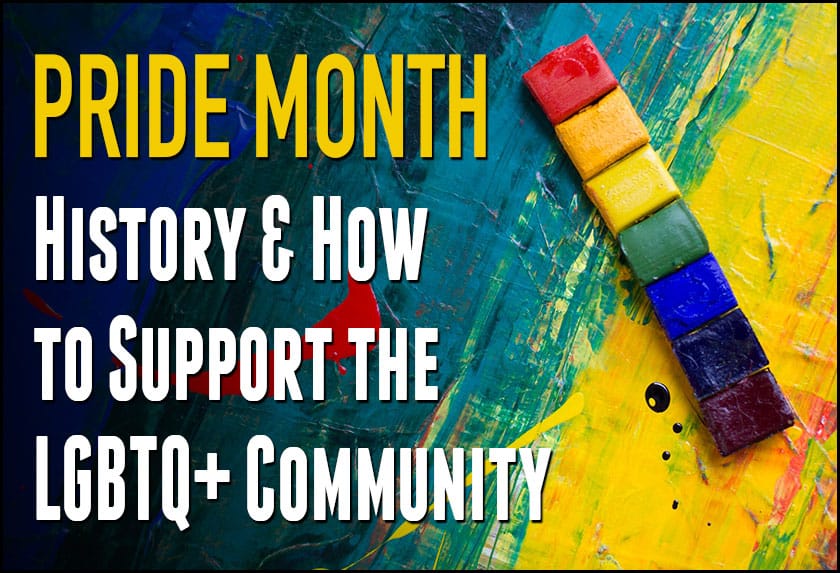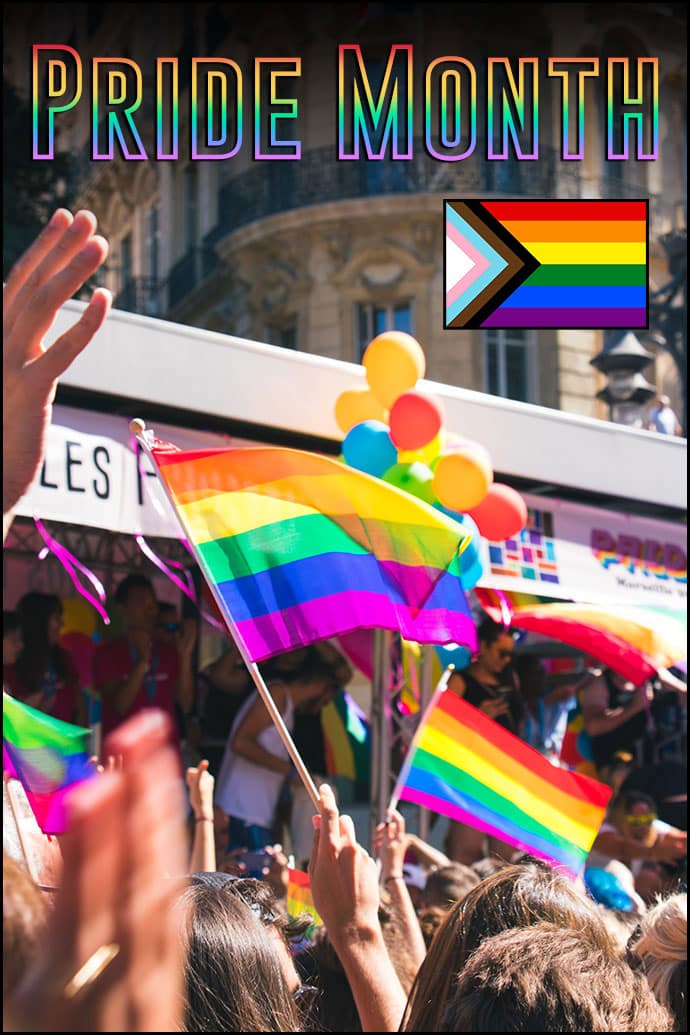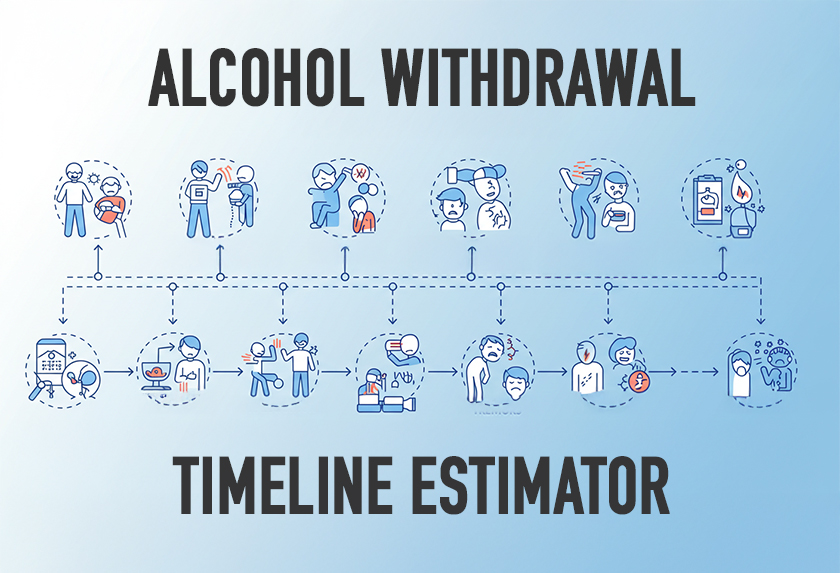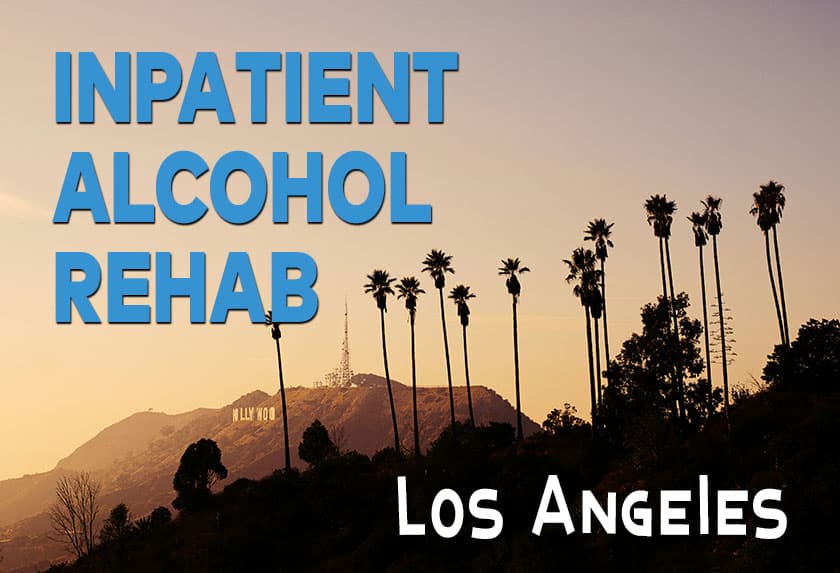The sun is up this June, gleaming its rays of positivity into our lives. But that’s not the only thing that comes out this month. June is colored by the ecstatic energy of that which is born of the sun and rainbows! It’s Pride Month, a time to celebrate, love, and spotlight the LGBTQ+ community.
At Revive Detox, we love to uplift LGBTQ+ voices year-round. But the rich history of Pride Month is certainly a welcomed reason to reflect on how this vibrant community continually turns struggle into triumph—much like the rainbow after a storm.
Here’s a breakdown of everything you need to know about Pride Month 2022, including how it started, why it’s celebrated, and how to support the LGBTQ community wherever you are.
What is Pride Month?
Pride Month is a month-long celebration that has taken many forms over the years. Throughout the month, supporters unite in solidarity and love to honor the past, the present, and the future of the LGBTQ+ community.
LGBTQ people and their allies are driven by the need to pay tribute to those who stood their ground and helped create a world that is more tolerant and accepting of the community. And to push further for a future where people are free to embrace their authentic identities. Where queerness is something to be proud of. That is the essence of Pride Month – i.e., for everyone to be fully visible.
When is Pride Month?
June 2022 marks the 52nd Pride Month celebration. And while it runs through the entirety of June, Pride Month is centered around June 28—the anniversary of the famed Stonewall Riots, whose liberating ripples can still be felt today.
The History and How It Started
The first Pride was not a colorful, cheerful parade. It was rebellion, a riot against oppression.
It all started on June 28, 1969, when police raided and violently harassed LGBTQ people in a popular New York gay club (the Stonewall Inn). Such raids were commonplace, but this particular day was when the patrons stood up and fought back. What followed was a 6-day riot that brought to light the discriminatory struggles of the LGBTQ community.
A rally held the following year around the anniversary of the Stonewall Uprising marked the beginning of a tradition that still runs strong 52 years later.
It’s worth noting that Pride Month was federally recognized in 1999 by President Bill Clinton. And the Stonewall Inn has since been declared a historic landmark and a national monument.
What Does the Pride Symbol Mean?
The Pride symbol is a Rainbow Flag designed by Gilbert Baker. The wide-known design spots 6 colors with different meanings:
- Red – Life
- Orange – Healing
- Yellow – Sunshine
- Green – Nature
- Blue – Harmony
- Purple – Spirit
There have been several variations of the Pride symbol, with an increasingly popular one adding:
- Black – Diversity
- Brown – Inclusivity
- Light Blue and Pink – Trans Pride
“What I liked about the rainbow is that it fits all of us. It’s all the colors. It represents all the genders. It represents all the races. It’s the rainbow of humanity.”
— Gilbert Baker
How To Support the LGBTQ+ Community
Thanks to the Stonewall Uprising and the efforts of the community to elevate the voices of LGBTQ people ever since, we now live in a more compassionate and inclusive world. But we still have some way to go.
Here are some ways you can join us in celebrating LGBTQ populations and supporting their causes:
- Attend a Pride festival or parade – Most events have resumed in person after 2-years
- Donating to Pride organizations
- Binging LGBTQ movies and TV shows – You can find dedicated pages on popular streaming platforms like Netflix, Amazon Prime, and Hulu.
- Reading material on the LGBTQ community
- Spreading awareness and championing the need for equality and inclusivity
- Accessorize with Pride symbols at home or at work
- Supporting businesses that are allied to the LGBTQ community
“Who you are authentically is alright. The shame is what kills you. Believing you are unworthy of love and belonging — that who you are authentically is a sin or is wrong — is deadly. Who you are is beautiful and amazing.”
— Laverne Cox






